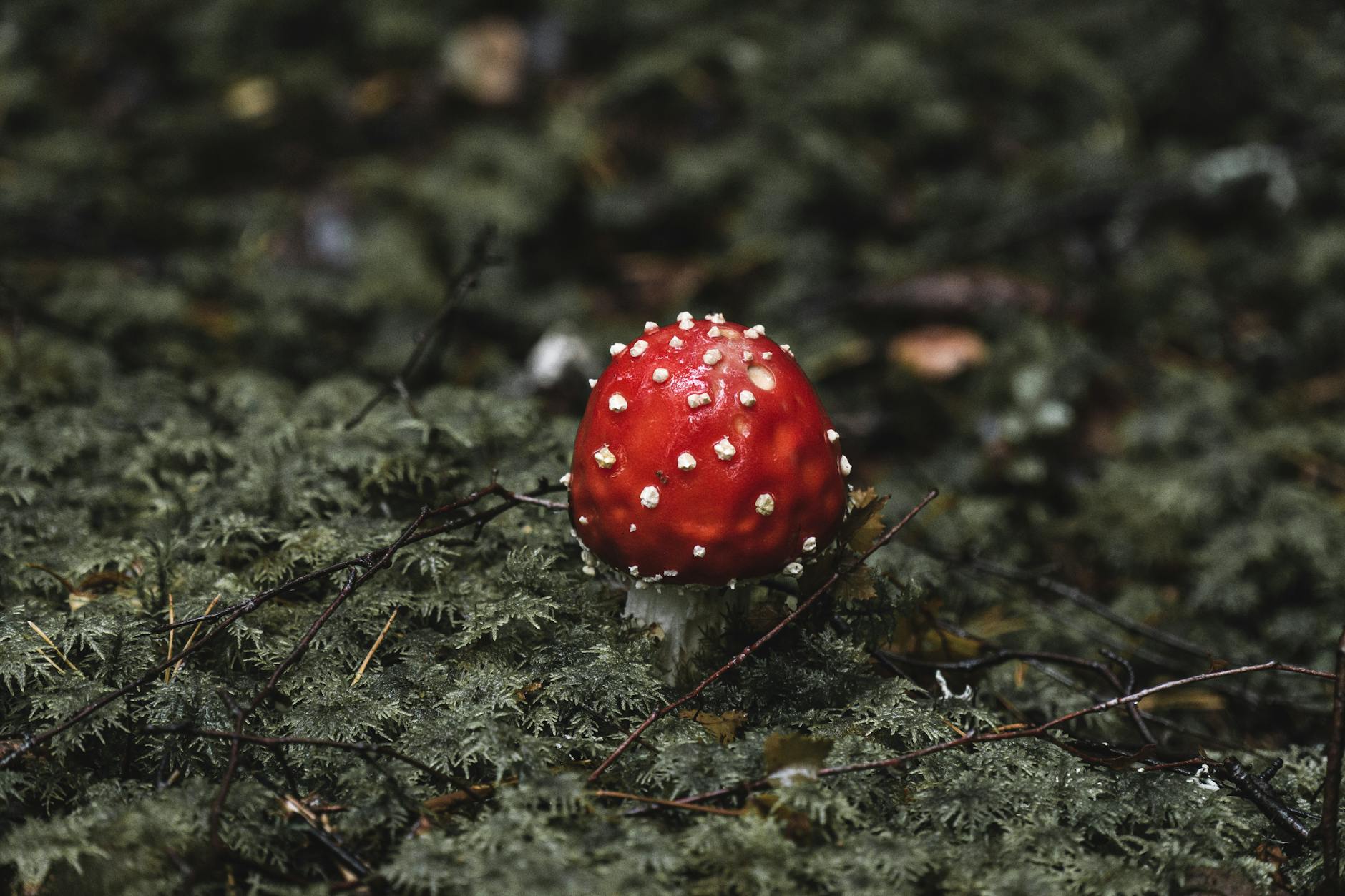Mushrooms are a fascinating element of the natural world, with their diverse shapes, colors, and textures. While many mushrooms are safe and even nutritious, some can be highly toxic and pose a significant risk to health if ingested. Recognizing toxic mushrooms is crucial for anyone who enjoys foraging or consuming wild mushrooms. In this article, we will discuss essential tips to safeguard your health by learning how to spot toxic mushrooms.
Understanding Toxic Mushrooms
Toxic mushrooms contain harmful substances that can cause a range of symptoms, from mild gastrointestinal distress to organ failure and even death. It’s essential to differentiate between edible mushrooms and their poisonous counterparts. One of the key characteristics of toxic mushrooms is their resemblance to edible varieties, making them challenging to identify for the untrained eye.
Know Your Mushrooms
Before embarking on a mushroom foraging adventure, it’s crucial to educate yourself about the types of mushrooms that grow in your region. Invest in a reliable field guide or attend a guided mushroom identification walk led by experts. Learning to recognize the key features of both edible and toxic mushrooms is the first step in safeguarding your health.
Spotting Toxic Mushrooms
When identifying mushrooms, pay close attention to the following features that can indicate toxicity:
– Color: Many toxic mushrooms have bright or unusual colors that serve as a warning sign. Be cautious of mushrooms that are red, yellow, or orange, as they are more likely to be toxic.
– Odor: Some toxic mushrooms have a distinctive foul smell, which can help distinguish them from edible varieties. If a mushroom smells unpleasant or pungent, it’s best to avoid it.
– Gills and Spores: Examine the gills and spore print of the mushroom. Toxic mushrooms often have dark-colored spores or gills that differ from edible species.
– Veil and Ring: Some toxic mushrooms have a veil or ring on the stem, while others do not. Pay attention to these structures during identification.
Consult Experts
If you are unsure about the identity of a mushroom, it is always best to seek expert advice. Reach out to mycologists, local mushroom clubs, or experienced foragers for help in identifying mushrooms. Sharing photos and detailed descriptions of the mushroom in question can assist in accurate identification and prevent potential harm.
Practice Caution
When foraging for mushrooms, adopt a cautious approach and follow these safety tips:
– Never consume a mushroom unless you are 100% certain of its identity.
– Avoid picking mushrooms in areas with heavy pollution or pesticide use.
– Cook all wild mushrooms thoroughly before eating to destroy any potentially harmful toxins.
– Start with small quantities of any new mushroom species to test for adverse reactions.
Conclusion
Learning how to spot toxic mushrooms is an essential skill for anyone interested in foraging or enjoying wild mushrooms. By familiarizing yourself with the key characteristics of toxic mushrooms, seeking expert guidance when needed, and practicing caution during mushroom foraging, you can safeguard your health and enjoy the wonders of the fungal world safely. Remember, when in doubt, it’s better to err on the side of caution and avoid consuming any mushroom that you cannot positively identify as safe. Stay informed, stay safe, and happy foraging!


